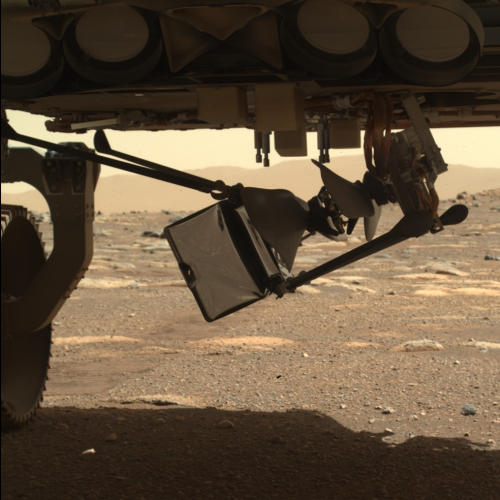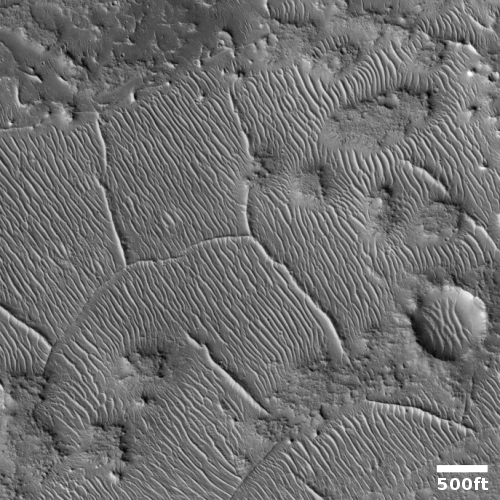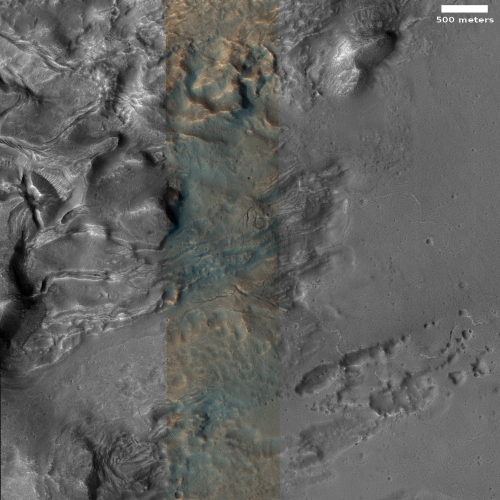Starship prototype #11 crashes at landing
Capitalism in space: The fourth prototype of Starship to fly, #11, experienced another failure at landing early this morning, crashing onto its launchpad.
Below is SpaceX’s live feed, cued to begin at T-10 seconds. The video cuts out at T+5:49, just before landing. I have reviewed other live feeds and all that I can find so far were obscured by the cloudy conditions at landing.
Musk later tweeted the following:
‘At least the crater is in the right place!”
“Looks like engine 2 had issues on ascent & didn’t reach operating chamber pressure during landing burn, but, in theory, it wasn’t needed. Something significant happened shortly after landing burn start. Should know what it was once we can examine the bits later today.”
The next Starship prototype will be #15 (numbers 12-14 pulled when they decided to redesign based on the earlier flights).
Capitalism in space: The fourth prototype of Starship to fly, #11, experienced another failure at landing early this morning, crashing onto its launchpad.
Below is SpaceX’s live feed, cued to begin at T-10 seconds. The video cuts out at T+5:49, just before landing. I have reviewed other live feeds and all that I can find so far were obscured by the cloudy conditions at landing.
Musk later tweeted the following:
‘At least the crater is in the right place!”
“Looks like engine 2 had issues on ascent & didn’t reach operating chamber pressure during landing burn, but, in theory, it wasn’t needed. Something significant happened shortly after landing burn start. Should know what it was once we can examine the bits later today.”
The next Starship prototype will be #15 (numbers 12-14 pulled when they decided to redesign based on the earlier flights).














